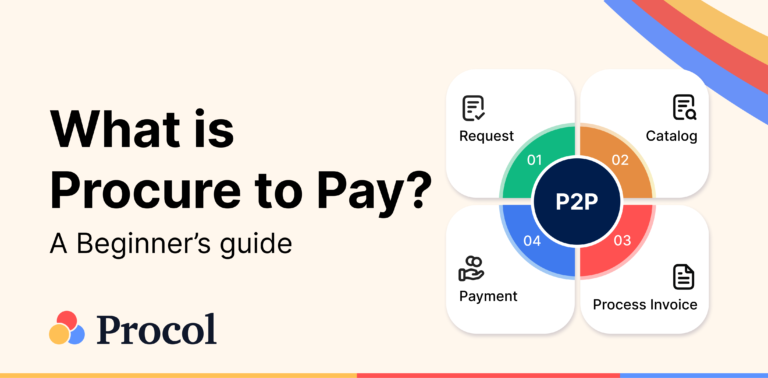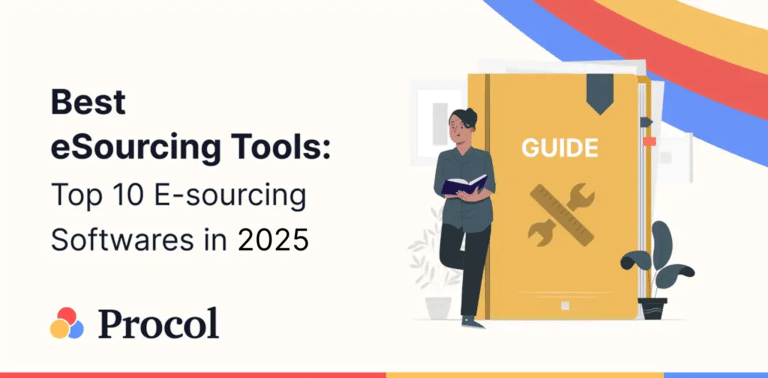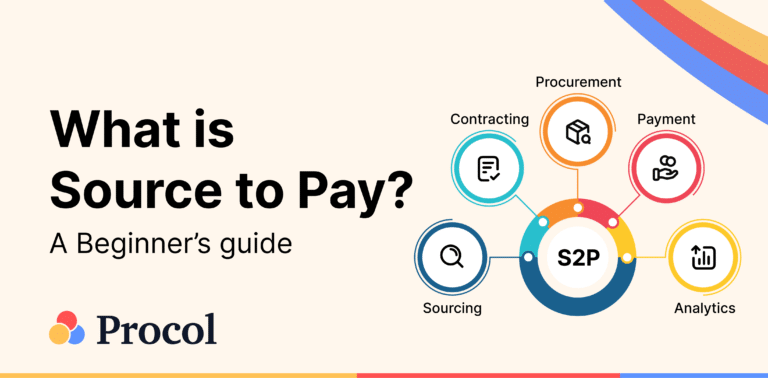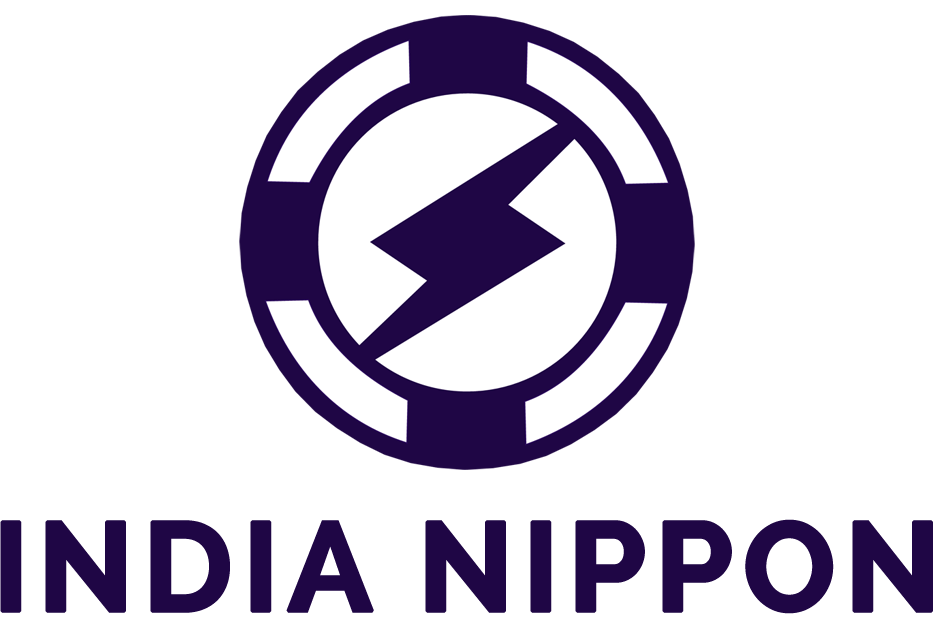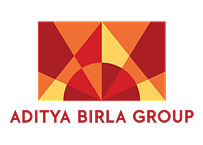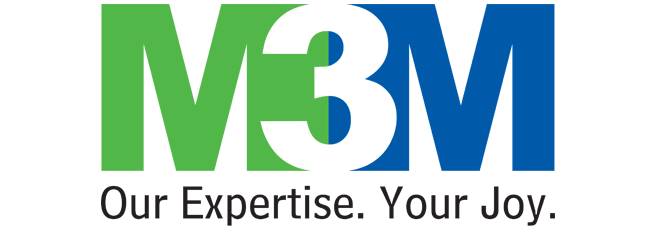What is Direct cost ?
A direct cost is a price directly related to the creation of products. A direct cost can be the price of a particular department, service, or item.
Costs are separated into the following categories:
- Direct costs
- Indirect costs
Any organization’s direct costs, like inventories, are frequently variable expenditures that change according to output levels. The direct cost includes all expenses related to production such as:
- Involved labour/staff wages
- Usage of resources/industrial supplies
- Manufacturing machinery/tools
- Pay for production workers
- Freight, fuel, or electricity usage
Indirect costs, on the other hand, are more challenging to relate to a particular product. Depreciation and office overhead are two instances of indirect costs.
Types of Direct Costs
There are six distinct categories of direct costs, as follows:
- Direct Labor: Factory workers who generate items or services for a business’s direct expenses are directly compensated with salaries. These expenses change, rising or falling, in proportion to the production volume.
- Direct Material: Variable costs include raw materials utilized in production or for resale.
- Manufacturing Supplies: In addition to the primary purpose of producing things, the factory also spends money on pens, paper, stationery, and registers.
- Transportation: It includes interior and outside deliveries of items from a factory. The company’s freight expenses are regarded as direct expenses.
- Consumption of Power, Fuel, and Utilities: Direct expenses include the cost of diesel, gasoline, natural gas, electricity, and coal used to operate machinery and equipment.
- Factory Rent: Factory rent is a type of direct expense that is fixed and ongoing.
Benefits of Using Direct Cost Methods
The direct costing method’s benefit is that it gives valuable management data for making decisions about the product and its pricing. Direct expenses are more easily under control through effective management than indirect or administrative costs. The following are some clear benefits of employing direct costing methods:
- Creating a master budget for the year is made easier because direct costing gives you a variable cost per unit.
- Calculate your business’s break-even point by analyzing the cost-volume relationship made possible by variable expenses. Breakeven describes the sales metrics at which the company is not making a profit or losing money.
- Establish the Price: It is simple for management to choose a fair price for their product once the direct and indirect costs have been calculated and measured.
- Administrative Control: Because direct costing assigns responsibility by organizational boundaries, it allows the administration better control over corporate operations.
